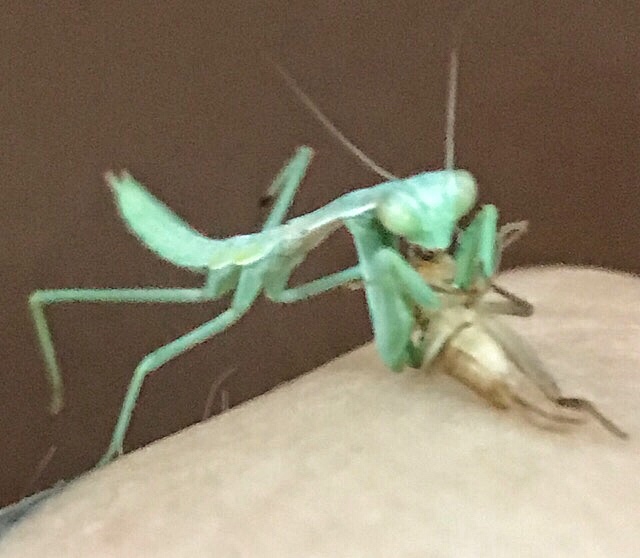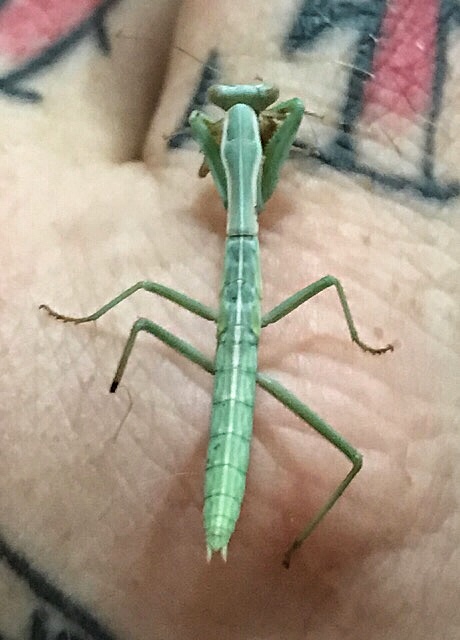PowerHobo
Well-known member
My little gentleman here just molted (mismolted, unfortunately) and his wing buds are clearly visible now, so I figured it might be possible to get a decent ID.
He was wild caught in Las Vegas, NV. I tried bugguide.net, but I’m not familiar enough with that site to use it effectively, apparently.
He’s very skittish, so getting good pictures of him is a chore to say the least.



He was wild caught in Las Vegas, NV. I tried bugguide.net, but I’m not familiar enough with that site to use it effectively, apparently.
He’s very skittish, so getting good pictures of him is a chore to say the least.
















































